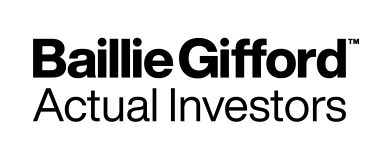January 2018
MiFID II runs to 1.7m paragraphs and covers all aspects of trading in European financial markets. Aside from a few teething troubles in the futures markets, and a temporary delay on its implementation in the clearing market, its launch on Wednesday proceeded relatively seamlessly. Technology systems did not collapse and trading continued largely as normal.
- MiFID II will create certain anomalies in financial markets – including bonds and smaller companies
- However, the overall drive will be towards commoditised, low cost solutions
- This will be good in many cases, but leaves little room for creatibity
Advisers will be fully aware of their responsibilities under the new rules, even if they have not yet fully implemented the changes. It is perhaps time to look at the potential longer-term consequences of the new rules. Below is a summary of some of the key predictions for investment post-MiFID II.
- MiFID is likely to see reduced research into smaller companies. Sell-side analysts can no longer justify the time and expense. This could see further pricing anomalies in an already under-researched sector and should present opportunities for those smaller companies managers with a good research team in place.
- It may reduce liquidity in bond markets. Specialist market makers holding inventory may be forced to disclose a pre-trade price, which could leave them vulnerable to arbitrage trading. As such, they may limit the extent to which they provide liquidity to the market.
- A move to investments with lower potential drawdown. The MiFID II requirement for clients to be informed when their portfolio falls 10% seems simple. Advisers would almost certainly tell clients anyway, but does compulsion introduce a new element – and potential panic in the client? The temptation to avoid those investments where a 10% fall is likely seems inevitable.
- Cheap may win out over good. Given new disclosure rules on charging, it is difficult to justify higher fees. It is difficult to predict the future with any investment. Telling clients that they need to pay higher fees for the prospect of higher returns will be a tough sell. As such, there will be a temptation to go for low-cost passive solutions simply because they are easier.
- Suitability is all. Increasing commoditisation of investment solutions looks to be inevitable. Clients who want a bit of spice, may have to seek it out themselves.
Ultimately, MiFID II heralds a more boring, stable, risk-adjusted future for clients of advisers. It’s probably better for most clients, but it feels like something has been lost at the same time.









